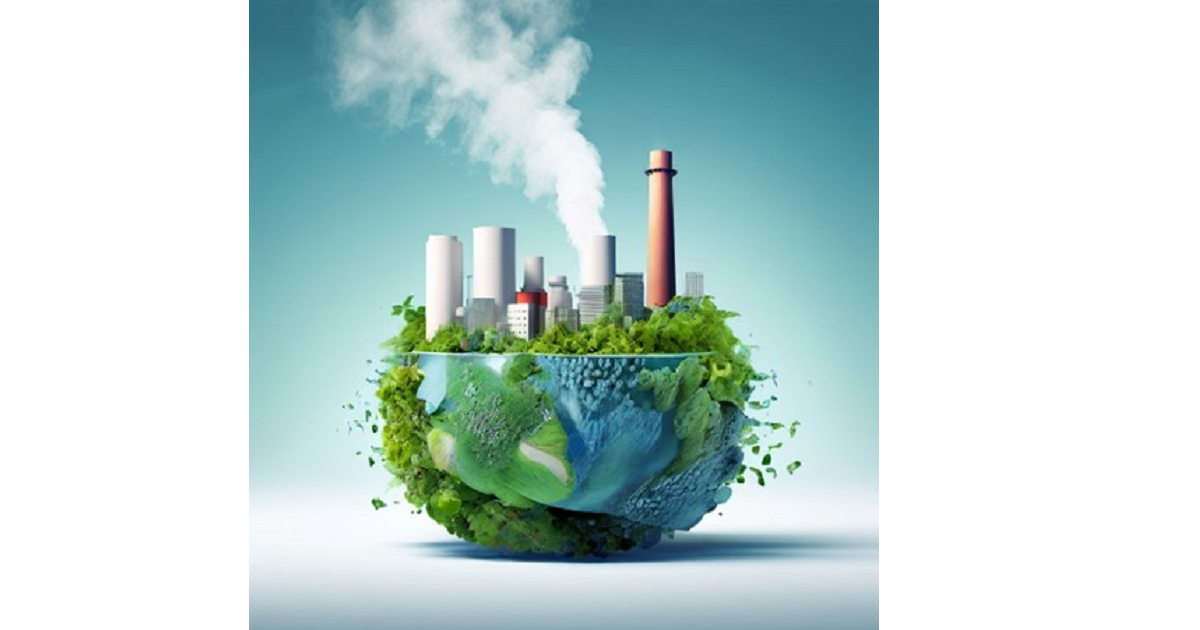Sustainable Control and Management of Pollution from Solid Waste: New Technologies and Advancements for Waste Characterization and Processing
A special issue of Sustainability (ISSN 2071-1050). This special issue belongs to the section "Development Goals towards Sustainability".
Deadline for manuscript submissions: 31 May 2026 | Viewed by 6773

Special Issue Editors
Interests: characterization and classification of materials; advanced photonic techniques; spectroscopy; chemometric techniques
Special Issues, Collections and Topics in MDPI journals
Interests: characterization of materials; primary and secondary raw material quality control; waste recycling; hyperspectral imaging techniques
Special Issues, Collections and Topics in MDPI journals
Special Issue Information
Dear Colleagues,
The escalating volume of solid waste produced in recent years has raised significant concerns, highlighting the urgent need for a robust and efficient valorization chain based upon reuse and recycling.
The efficient conversion of waste into secondary raw materials relies on the development of low-cost, rapid, effective, and environmentally friendly techniques capable of detecting, characterizing, and sorting solid waste products. An optimal performance in material identification necessitates technological cost-effectiveness and reliability, underscoring the critical role of optical–digital and sensor-based techniques, particularly in the recycling and pollution-control domains.
In this context, the primary purpose of our Special Issue is to foster an exchange of insights, tackle challenges, and propose solutions aimed at enhancing sustainability in pollution control, solid waste management, and strategies for the efficient utilization of solid waste resources through technological innovation and advancements. We encourage submissions with the following purposes:
- providing in-depth analyses of emerging technologies and advancements in waste characterization and processing;
- offering insights into integrating socio-economic and scientific approaches to sustainable development into the context of pollution control and solid waste management;
- addressing key challenges and presenting practical solutions aligned with sustainability goals.
We welcome manuscripts presenting original research, reviews, mini-reviews, short communications, and perspectives.
We look forward to receiving your contributions.
Dr. Riccardo Gasbarrone
Dr. Roberta Palmieri
Guest Editors
Manuscript Submission Information
Manuscripts should be submitted online at www.mdpi.com by registering and logging in to this website. Once you are registered, click here to go to the submission form. Manuscripts can be submitted until the deadline. All submissions that pass pre-check are peer-reviewed. Accepted papers will be published continuously in the journal (as soon as accepted) and will be listed together on the special issue website. Research articles, review articles as well as short communications are invited. For planned papers, a title and short abstract (about 250 words) can be sent to the Editorial Office for assessment.
Submitted manuscripts should not have been published previously, nor be under consideration for publication elsewhere (except conference proceedings papers). All manuscripts are thoroughly refereed through a single-blind peer-review process. A guide for authors and other relevant information for submission of manuscripts is available on the Instructions for Authors page. Sustainability is an international peer-reviewed open access semimonthly journal published by MDPI.
Please visit the Instructions for Authors page before submitting a manuscript. The Article Processing Charge (APC) for publication in this open access journal is 2400 CHF (Swiss Francs). Submitted papers should be well formatted and use good English. Authors may use MDPI's English editing service prior to publication or during author revisions.
Keywords
- eco-friendly technologies
- solid waste management
- waste characterization
- waste processing
- sustainable development
- pollution control
- circular economy
- waste utilization
- resource recovery
Benefits of Publishing in a Special Issue
- Ease of navigation: Grouping papers by topic helps scholars navigate broad scope journals more efficiently.
- Greater discoverability: Special Issues support the reach and impact of scientific research. Articles in Special Issues are more discoverable and cited more frequently.
- Expansion of research network: Special Issues facilitate connections among authors, fostering scientific collaborations.
- External promotion: Articles in Special Issues are often promoted through the journal's social media, increasing their visibility.
- Reprint: MDPI Books provides the opportunity to republish successful Special Issues in book format, both online and in print.
Further information on MDPI's Special Issue policies can be found here.






